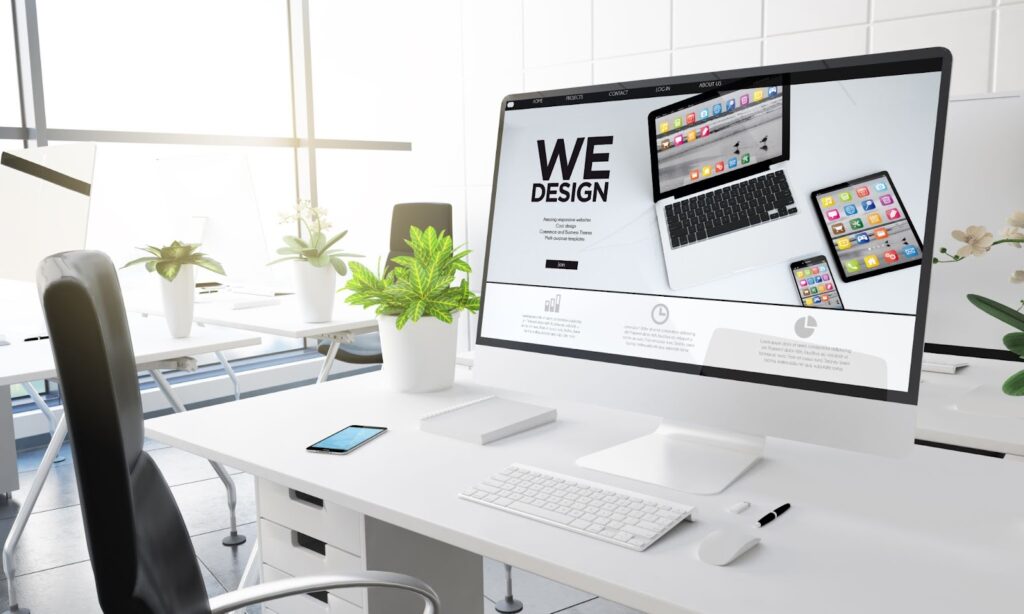In a world where consumers are bombarded with choices, standing out isn’t just about having a great product or service—it’s about delivering an exceptional experience. This is where design-led companies shine. They don’t just use design as an afterthought; they embed it into their DNA, making it the driving force behind every decision. The result? They consistently outperform their competitors.
But what does it mean to be a design-led company, and why does this approach lead to such remarkable success? Let’s dive in.
What are meant by Design-Led Companies?
Design-led companies prioritize design at every level of its organization. It’s not just about aesthetics; it’s about solving problems, enhancing user experiences, and creating value through thoughtful, intentional design. From product development to customer service, design-led companies use creativity and empathy to differentiate themselves in crowded markets.
Think of companies like Apple, Airbnb, and Tesla. They don’t just sell products; they sell experiences, emotions, and solutions. And that’s the secret sauce.

Why Design-Led Companies Outperform Competitors
- They Put Users First
Design-led companies are obsessed with their users. They invest time and resources into understanding their needs, pain points, and desires. This user-centric approach allows them to create products and services that truly resonate with their audience.
For example, Airbnb didn’t just create a platform for booking accommodations; they designed an end-to-end experience that makes travelers feel at home, no matter where they are. By focusing on the user, they’ve built a loyal customer base and disrupted the entire hospitality industry.
- They Foster Innovation
Design thinking—a problem-solving approach that emphasizes empathy, experimentation, and iteration—is at the heart of design-led companies. This mindset encourages teams to think outside the box, take risks, and explore new possibilities.
Take Tesla, for instance. By reimagining the car as a tech product, they’ve revolutionized the automotive industry. Their sleek designs, intuitive interfaces, and commitment to sustainability have set them apart from traditional car manufacturers.
- They Build Emotional Connections
Great design isn’t just functional; it’s emotional. Design-led companies understand that people don’t just buy products—they buy experiences, stories, and feelings.
Apple is a master of this. From the minimalist design of their products to the unboxing experience, every touchpoint is carefully crafted to evoke delight and loyalty. This emotional connection translates into brand advocates who are willing to pay a premium for their products.
- They Stay Ahead of Trends
Design-led companies are often trendsetters, not followers. By staying attuned to cultural shifts, technological advancements, and emerging consumer behaviors, they can anticipate what’s next and adapt quickly.
For example, Netflix didn’t just follow the trend of streaming; they pioneered it. Their user-friendly interface, personalized recommendations, and original content have made them the gold standard in entertainment.
- They Drive Business Growth
The impact of design-led thinking isn’t just theoretical—it’s measurable. According to the Design Management Institute, design-led companies like Coca-Cola, Nike, and IBM have outperformed the S&P 500 by an astonishing 211% over the past decade.
Why? Because design-led companies create products and services that people love, which leads to higher customer satisfaction, increased loyalty, and ultimately, better financial performance.

How to Become a Design-Led Company
Becoming a design-led company isn’t about hiring a few designers or revamping your logo. It’s about embedding design into your culture, processes, and strategy. Here’s how to get started:
- Adopt a User-Centric Mindset: Start by understanding your users. Conduct research, gather feedback, and use insights to guide your decisions.
- Embrace Design Thinking: Encourage collaboration, experimentation, and iteration. Don’t be afraid to fail—learn from it and improve.
- Invest in Design Talent: Hire designers who are not only skilled but also strategic thinkers who can align design with business goals.
- Integrate Design Across Functions: Design shouldn’t be siloed in one department. Involve designers in product development, marketing, and even finance.
- Measure the Impact of Design: Track metrics like customer satisfaction, retention, and revenue growth to demonstrate the value of design.
Or you can shorten the Learning Curve & Partner with Experts:
- Becoming a design-led organization doesn’t have to be a long, costly journey.
- Partnering with an expert design-led agency like webkeyz can accelerate the process.
- webkeyz provides research-driven UX strategies, helping businesses innovate faster, enhance user experience, and drive sustainable growth.
Need help implementing a design-led strategy? Contact us to get started.

The Future is Design-Led
As technology continues to evolve and consumer expectations rise, the importance of design will only grow. Companies that embrace a design-led approach will be better equipped to navigate change, innovate, and thrive in an increasingly competitive landscape.
So, whether you’re a startup or an established enterprise, now is the time to put design at the center of your strategy. Because in the end, it’s not just about outperforming your competitors—it’s about creating meaningful, lasting value for your users.
What’s Your Take?
Do you think design is the key to business success? Have you seen examples of design-led companies that inspire you?
Until next time explore webkeyz’s case studies
and Keep Thinking!








